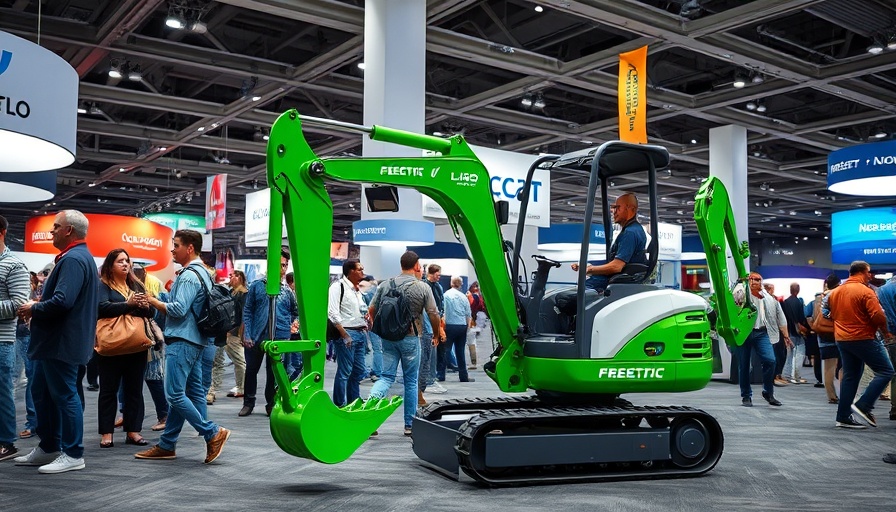
Caterpillar D8T Dozer: An Unexpected Recovery
On September 3, U.S. Customs and Border Protection (CBP) officers at the Baltimore Port made a significant recovery when they intercepted a stolen Caterpillar D8T dozer valued at $237,000. This heavy machinery was destined for Accra, Ghana, highlighting a troubling trend in stolen vehicles—especially high-value equipment—being shipped overseas, particularly to West African nations.
Why West Africa? Understanding the Trends of Stolen Exports
The interception of this dozer is not an isolated incident. West Africa, and Ghana in particular, has emerged as a notable destination for a large number of stolen vehicles and heavy machinery from the U.S. In fact, of the 250 stolen vehicles recovered by CBP in 2024, around 60% were heading to West Africa, with Ghana being one of the top destinations. These trends indicate organized networks likely capitalizing on the high demand for construction equipment and vehicles in rapidly developing economies.
Crime Prevention: The Role of Customs and Law Enforcement
Jason Kropiewnicki, acting area port director in Baltimore, emphasized the commitment of CBP to disrupt the operations of transnational criminal organizations. The Baltimore Field Office reported a 10% increase in stolen vehicle export recoveries in 2024. As contractors face a growing threat from thieves, understanding the role of law enforcement in intercepting stolen property can provide paramount insights for protecting valuable machinery.
Protecting Your Valuable Equipment: Practical Tips for Businesses
Business owners, especially in the construction industry, can benefit significantly from implementing robust security measures. Here are a few actionable tips to safeguard your equipment:
- Invest in Tracking Technology: GPS tracking devices attached to heavy machinery can help locate stolen equipment quickly, often leading to recovery.
- Use Secure Locations: Always store valuable equipment in garages and fencing with security systems to deter thieves.
- Regular Inventory Audits: Maintain an up-to-date inventory list of all equipment, including serial numbers, which assists law enforcement in recovery if theft occurs.
Future Implications: Evolving Threats in Equipment Theft
As businesses increase efforts to modernize their construction methods and stay competitive, awareness of the evolving threats associated with equipment theft becomes crucial. The rise in international shipments of stolen goods signals a need for industry-wide improvements in security practices and cooperation with law enforcement.
In conclusion, the recovery of the stolen Caterpillar D8T dozer at Baltimore Port is more than just a success for local authorities; it represents a broader systemic issue regarding crime prevention in the construction sector. Understanding these dynamics is essential for industry stakeholders seeking to protect their investments while contributing to community safety.
For contractors, the stakes are high. Invest in security measures today to safeguard your assets against theft.
 Add Row
Add Row  Add
Add 




Write A Comment